From 'Brain Fog' to Heart Damage, COVID-19's Lingering Problems Alarm Scientists
Some COVID-19 survivors are still sick months later. Doctors want to learn why and what they can do
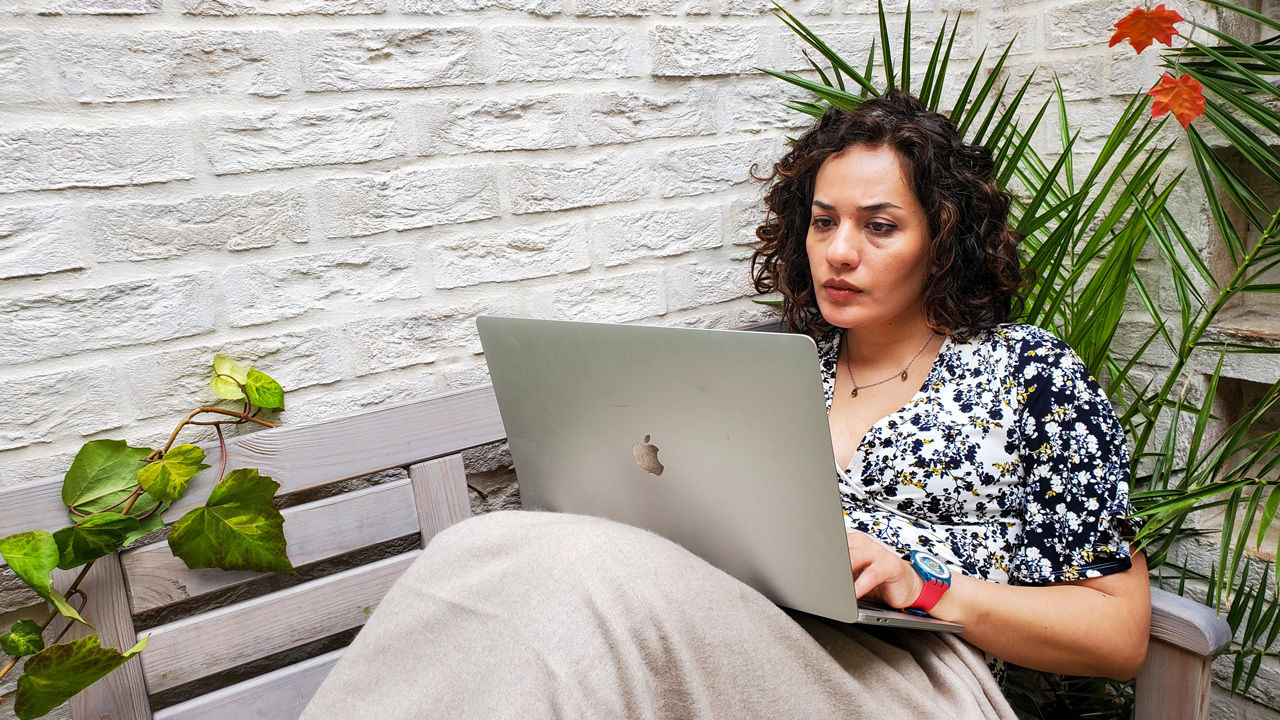
Send us a link
Some COVID-19 survivors are still sick months later. Doctors want to learn why and what they can do

Landmark study narrows bounds for "climate sensitivity," ruling out benign warming.

On 22 June, President Trump issued a proclamation that temporarily restricts many types of legal immigration into the country, including that of scientists and students. This will make America neither greater nor safer-rather, it could make America less so, argues Sudip Parikh.
As universities look for savings, new software helps reimagine deals with publishers.

There is a preprint with data on the first coronavirus vaccine candidate from the Pfizer/BioNTech effort. This article argues that it's extremely important that the human trial data is made available for the public to trust the vaccines that get approved.
The faculty job market plays a fundamental role in shaping research priorities, educational outcomes, and career trajectories among scientists and institutions. However, a quantitative understanding of faculty hiring as a system is lacking. Using a simple technique to extract the institutional prestige ranking that best explains an observed faculty hiring network-who hires whose graduates as faculty-we present and analyze comprehensive placement data on nearly 19,000 regular faculty in three disparate disciplines. Across disciplines, we find that faculty hiring follows a common and steeply hierarchical structure that reflects profound social inequality. Furthermore, doctoral prestige alone better predicts ultimate placement than a U.S. News & World Report rank, women generally place worse than men, and increased institutional prestige leads to increased faculty production, better faculty placement, and a more influential position within the discipline. These results advance our ability to quantify the influence of prestige in academia and shed new light on the academic system.
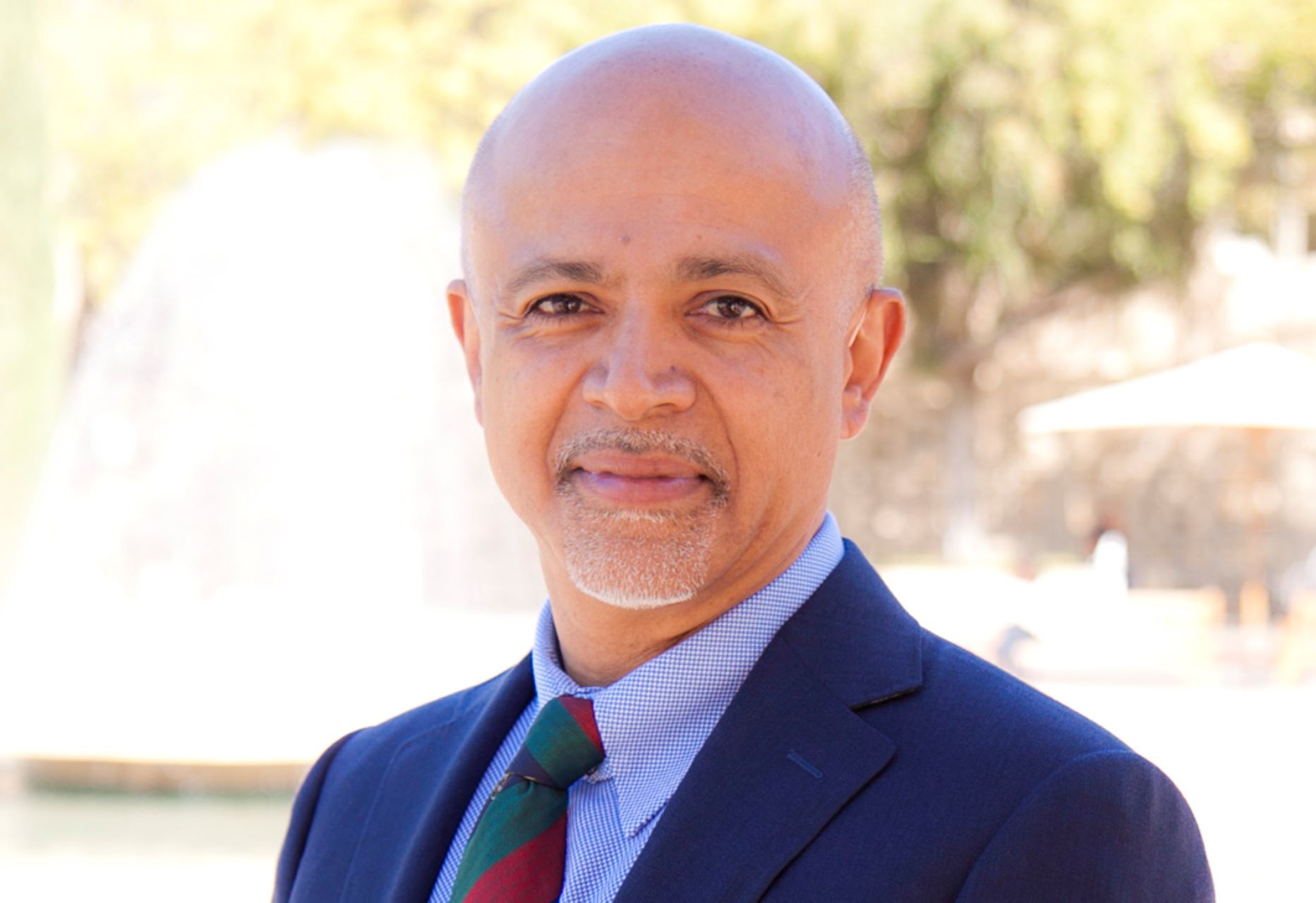
Study found that preliminary criterion scores fully account for racial disparities - yet do not explain all of the variability - in preliminary overall impact scores.

On 9 March, a patient who had recently traveled to Europe and had symptoms of COVID-19 visited the emergency department of St Augustine’s in Durban, South Africa. Eight weeks later, 39 patients and 80 staff linked to the hospital had been infected, and 15 patients had died.

At this time of crisis, it is more important than ever for scientists around the world to openly share their knowledge, expertise, tools, and technology. Scientists must also openly share their model code so that the results can be replicated and evaluated.
The research community is reacting with alarm and anger to the National Institutes of Health’s (NIH’s) abrupt and unusual termination of a grant supporting research in China on how coronaviruses move from bats to humans. The agency axed the grant last week, after conservative U.S. politicians and media repeatedly suggested—without evidence—that the pandemic severe acute respiratory syndrome coronavirus 2 (SARS-CoV-2) escaped from a laboratory in Wuhan, China, that employs a Chinese virologist who had been receiving funding from the grant.
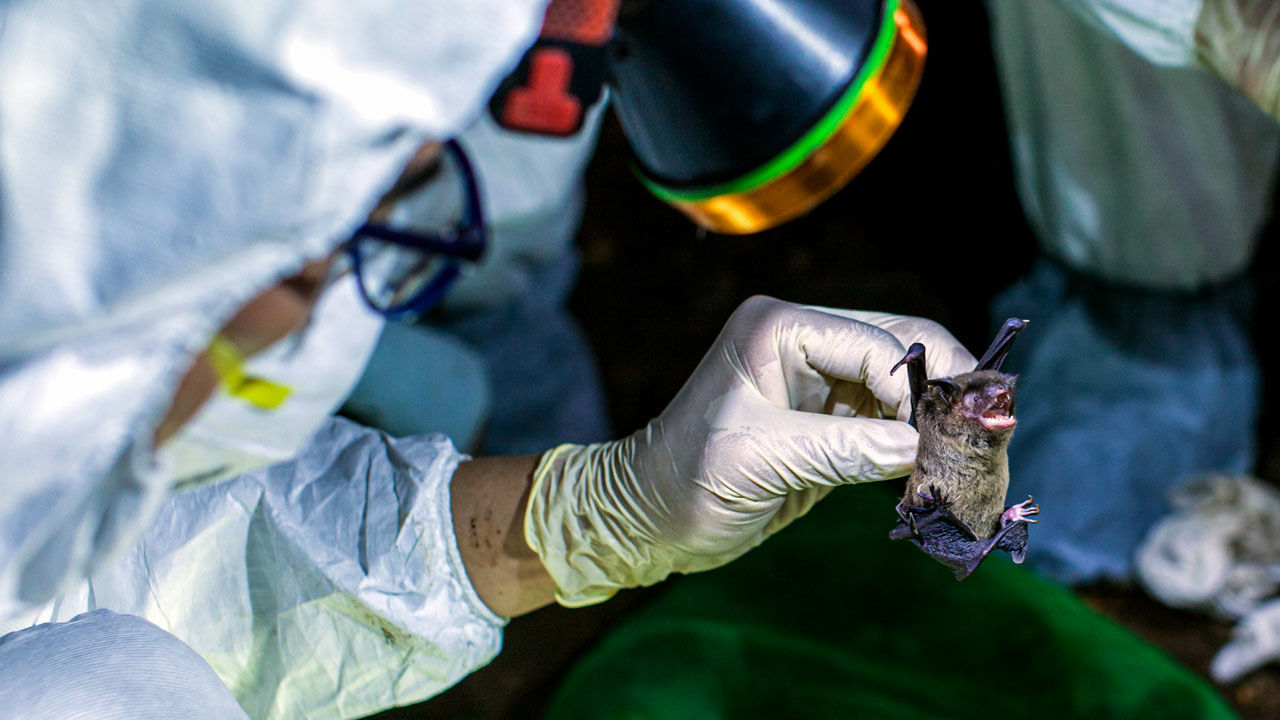
The lungs are ground zero for COVID-19, but blood clots may play a surprisingly big role in severe illness.
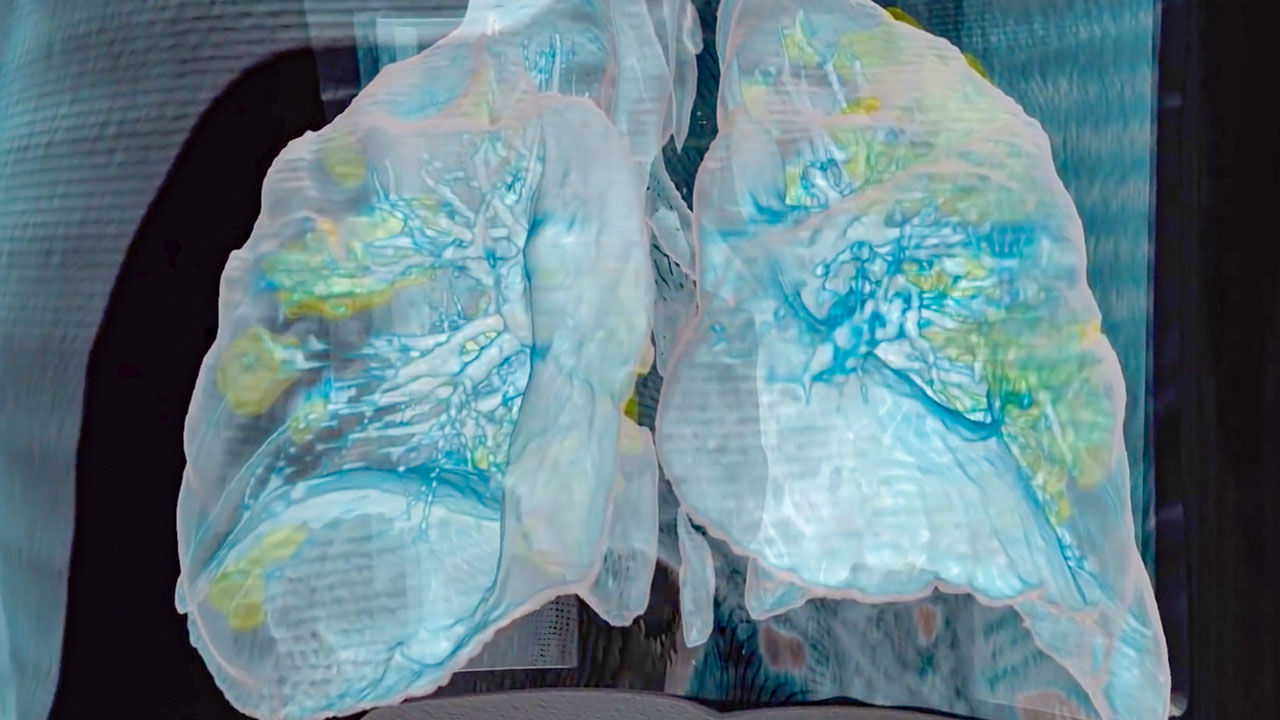
Both cities tighten control measures after cases spike, but they could soon be relaxed again.
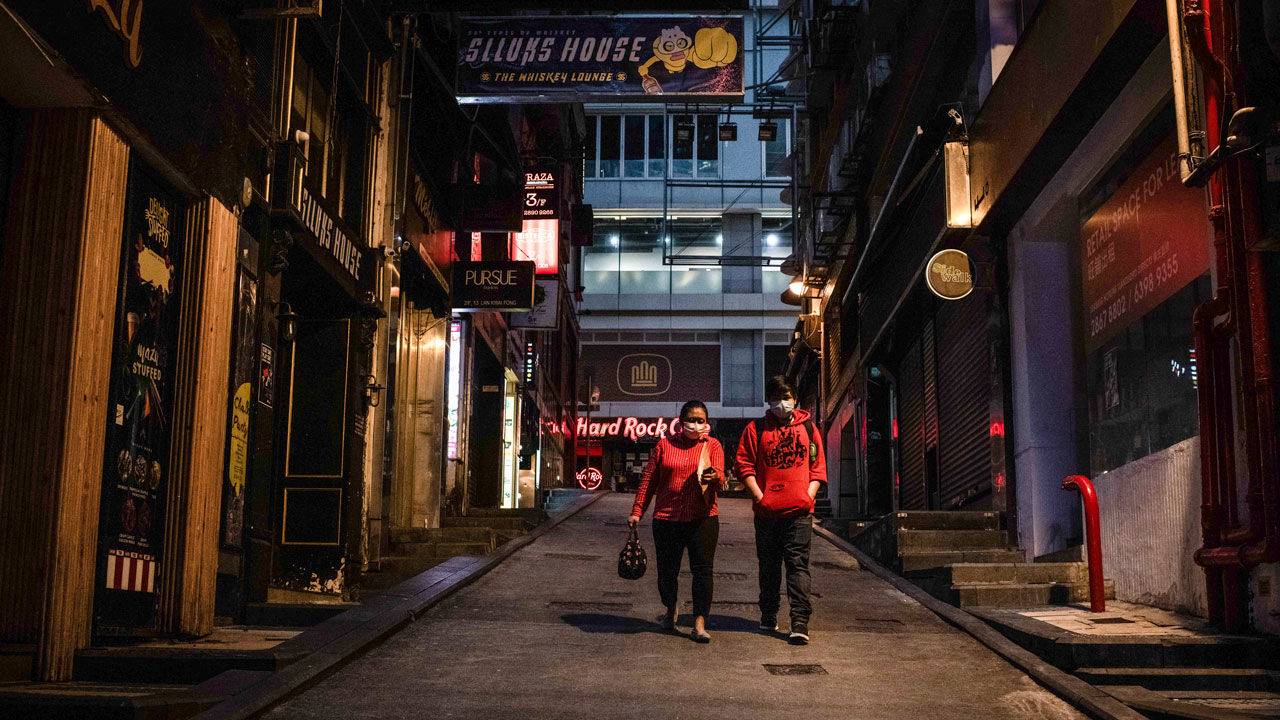
How a small university team at Johns Hopkins built a COVID-19 data site that draws 1 billion clicks a day.

How, then, does an agency like NSF—which has considerable influence but limited direct authority—work with the community and other institutions to implement change on issues that cannot wait? The case of NSF's work to combat harassment in the science community, a persistent problem for decades that remains shockingly widespread, is illustrative.
Scientists launch trial of bacillus Calmette-Guérin, a vaccine made of living bacteria, to protect health care workers at risk of COVID-19 infection.

Large-scale testing of populations should reveal those who cleared virus without knowing they were infected.

Estimation of the prevalence and contagiousness of undocumented novel coronavirus (SARS-CoV2) infections is critical for understanding the overall prevalence and pandemic potential of this disease. Here we use observations of reported infection within China to infer critical epidemiological characteristics associated with SARS-CoV2, including the fraction of undocumented infections and their contagiousness.
But can they overcome free riders and concerns about higher prices?
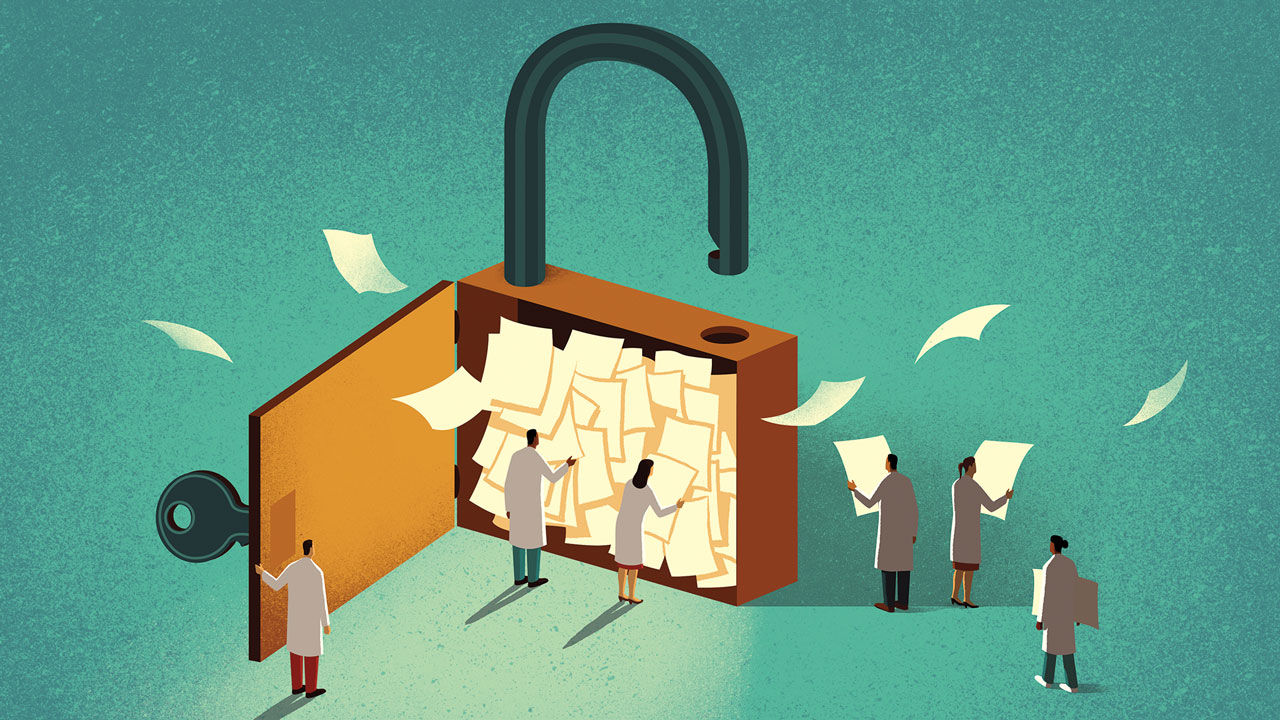
Last-minute move causes chaos for thousands of researchers
Some publishers feared order making federally funded studies free
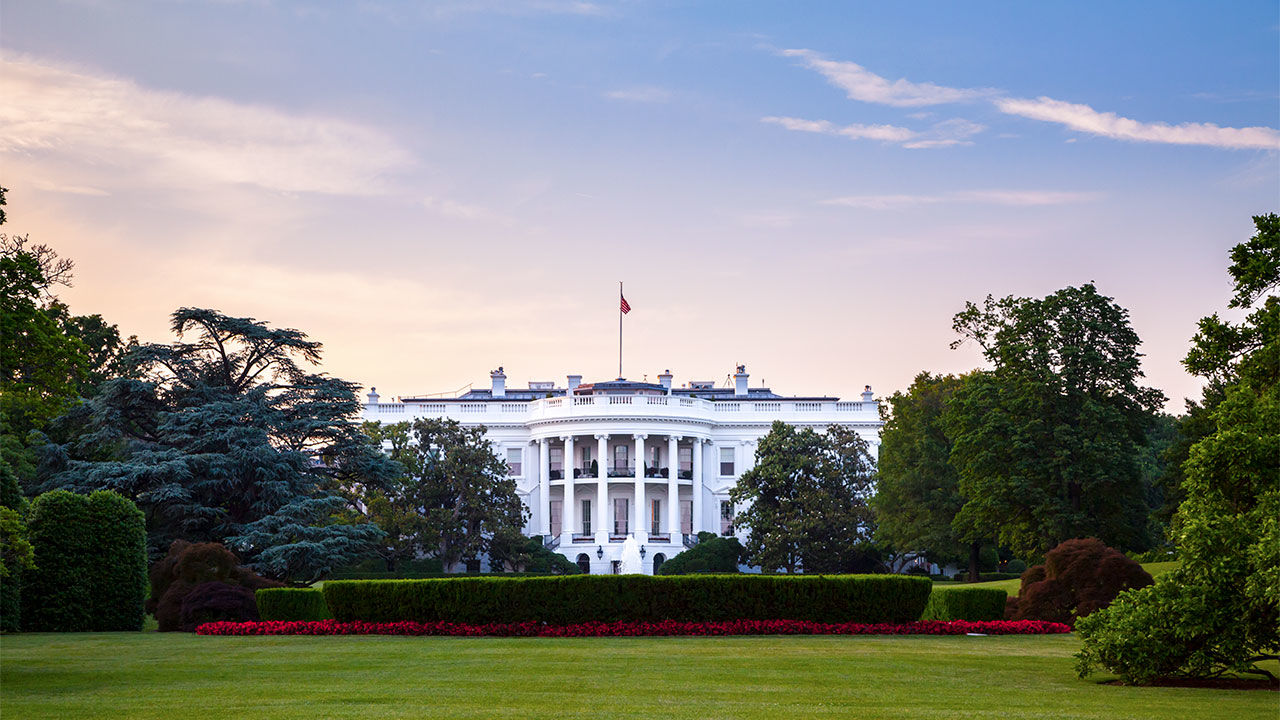
Lack of antibody tests obscures impact of the novel virus.
